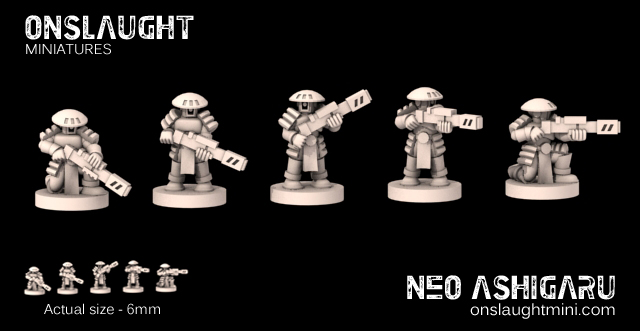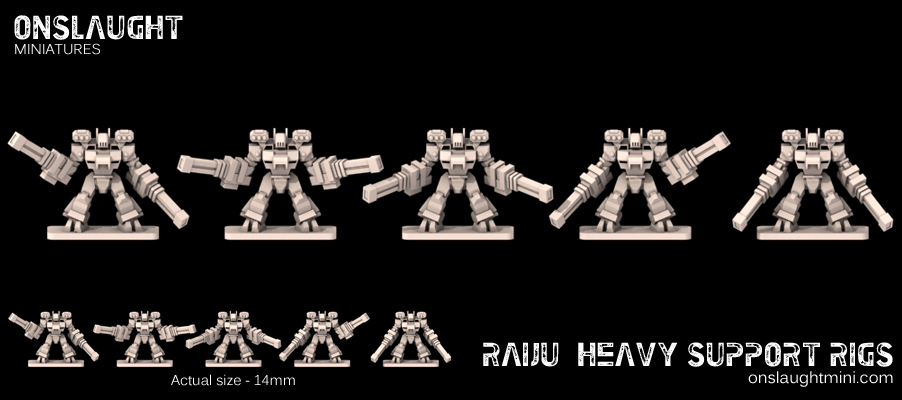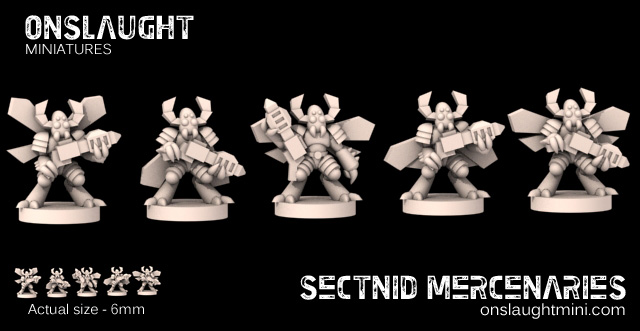New Reader Welcome
Welcome to new reader David. I hope you enjoy the blog. I welcome and appreciate comments.
BattleLore on Vassal
Despite the number of games that I document here, I tend not to post every battle report. I simply would not have time to do all of that, and to be honest, not all of the games are that interesting. I try to limit it to those that show a point or highlight new rules, especially ones that I am reviewing or developing.
All that said, I still find BattleLore to be one of my favorite games. That is unfortunate, as I have not been able to entice too many people locally to try it, so I end up playing all of my games on Vassal. (In fact, the only time I pull out the board and figures these days is for solo gaming, and that is probably for only half of the solo games of BattleLore that I play.) If I remember correctly, the primary complaint from my main gaming buddy is that there are too many things to track in BattleLore, compared to Memoir '44, Battle Cry!, or Command and Colors: Napoleonics. That is true. Not only are there the Command Cards, but there are Lore Cards and Lore tokens. Added to that there are weapons modifiers to the unit types, which none of the others really have. BattleLore is unique in that regard.
I was reading a thread on BoardGameGeek where one BattleLore player was discussing how he doesn't play with Lore (magic, for those that are not BattleLore players) anymore because it increased the setup time and slowed down the play, turning a 45 minute game into a multi-hour one. I thought that statement was interesting, and probably correct, but this touched upon a discussion that my BattleLore gaming buddy and I had at the end of our last game, which is that sometimes the use of Lore allows a player who is behind to come back and win. Removing Lore, to us, lowers the chance of being able to coming back from bad luck or play. (If it is me it is bad luck; if it is my opponent it is bad play. You know how that goes!)
A recent game of Goblin Chevauchée illustrates that. At the end of my opponent's sixth turn, his Mounted Charge and Fireball left him winning at 3-1, with fewer weakened units than me and in a position to continue to threaten those units until he eliminated them.
Fortunately for me, I was able to play the Forest Frenzy Lore card (which allowed me a free attack against all enemy units in or adjacent to Forest hexes). The Forest Frenzy eliminated one unit and weakened two, allowing Lizard-riding Hobgoblins to run amok and ride both weakened units down. All of the sudden the game was 4-3 in my favor. My opponent's personal morale was shattered and the last of his cavalry was trapped fighting desperately for their lives.
Although he did shoot down my lizard riders (who were definitely Most Valuable Unit for the game), my opponent has lost most of his offensive punch and all of his fight. I administered a coup de grâce with a BattleLore Command card and a Mists of Terror Lore card (which changes his stout Dwarven morale to that of a sniveling Goblin, like what most of my troops have…), giving me four dice each with a 50% of inflicting a hit, and needing only one hit. You can see the roll below (ouch!).
Although my opponent lost, he thought the game was very exciting (if a little demoralizing, as his dice went cold at the end there), and that he still had a chance to pull out a win. And let's face it, 6-4 is a close, bloody game.
I don't fault the gentleman on BoardGameGeek for wanting to play more games of BattleLore with his wife. If removing Lore is the way to do that, however, I agree with another poster and would rather play half as many games where I could find the time to cover the longer setup and game times.
One final note: if you have tried Vassal in the past and thought it too clunky or limited, you should look at it again. It is free and it has hundreds of board, card, dice, and miniatures game modules for you to play, for free. (For those of you surprised by "miniatures" play on Vassal, there are usually 20+ people playing Warmachine/Hordes every evening, along with another 20+ playing Warhammer 40K, and 10+ playing Advanced Squad Leader. Email me if you want to try BattleLore!
Welcome to new reader David. I hope you enjoy the blog. I welcome and appreciate comments.
BattleLore on Vassal
Despite the number of games that I document here, I tend not to post every battle report. I simply would not have time to do all of that, and to be honest, not all of the games are that interesting. I try to limit it to those that show a point or highlight new rules, especially ones that I am reviewing or developing.
All that said, I still find BattleLore to be one of my favorite games. That is unfortunate, as I have not been able to entice too many people locally to try it, so I end up playing all of my games on Vassal. (In fact, the only time I pull out the board and figures these days is for solo gaming, and that is probably for only half of the solo games of BattleLore that I play.) If I remember correctly, the primary complaint from my main gaming buddy is that there are too many things to track in BattleLore, compared to Memoir '44, Battle Cry!, or Command and Colors: Napoleonics. That is true. Not only are there the Command Cards, but there are Lore Cards and Lore tokens. Added to that there are weapons modifiers to the unit types, which none of the others really have. BattleLore is unique in that regard.
I was reading a thread on BoardGameGeek where one BattleLore player was discussing how he doesn't play with Lore (magic, for those that are not BattleLore players) anymore because it increased the setup time and slowed down the play, turning a 45 minute game into a multi-hour one. I thought that statement was interesting, and probably correct, but this touched upon a discussion that my BattleLore gaming buddy and I had at the end of our last game, which is that sometimes the use of Lore allows a player who is behind to come back and win. Removing Lore, to us, lowers the chance of being able to coming back from bad luck or play. (If it is me it is bad luck; if it is my opponent it is bad play. You know how that goes!)
A recent game of Goblin Chevauchée illustrates that. At the end of my opponent's sixth turn, his Mounted Charge and Fireball left him winning at 3-1, with fewer weakened units than me and in a position to continue to threaten those units until he eliminated them.
Fortunately for me, I was able to play the Forest Frenzy Lore card (which allowed me a free attack against all enemy units in or adjacent to Forest hexes). The Forest Frenzy eliminated one unit and weakened two, allowing Lizard-riding Hobgoblins to run amok and ride both weakened units down. All of the sudden the game was 4-3 in my favor. My opponent's personal morale was shattered and the last of his cavalry was trapped fighting desperately for their lives.
Although he did shoot down my lizard riders (who were definitely Most Valuable Unit for the game), my opponent has lost most of his offensive punch and all of his fight. I administered a coup de grâce with a BattleLore Command card and a Mists of Terror Lore card (which changes his stout Dwarven morale to that of a sniveling Goblin, like what most of my troops have…), giving me four dice each with a 50% of inflicting a hit, and needing only one hit. You can see the roll below (ouch!).
Although my opponent lost, he thought the game was very exciting (if a little demoralizing, as his dice went cold at the end there), and that he still had a chance to pull out a win. And let's face it, 6-4 is a close, bloody game.
I don't fault the gentleman on BoardGameGeek for wanting to play more games of BattleLore with his wife. If removing Lore is the way to do that, however, I agree with another poster and would rather play half as many games where I could find the time to cover the longer setup and game times.
One final note: if you have tried Vassal in the past and thought it too clunky or limited, you should look at it again. It is free and it has hundreds of board, card, dice, and miniatures game modules for you to play, for free. (For those of you surprised by "miniatures" play on Vassal, there are usually 20+ people playing Warmachine/Hordes every evening, along with another 20+ playing Warhammer 40K, and 10+ playing Advanced Squad Leader. Email me if you want to try BattleLore!






















